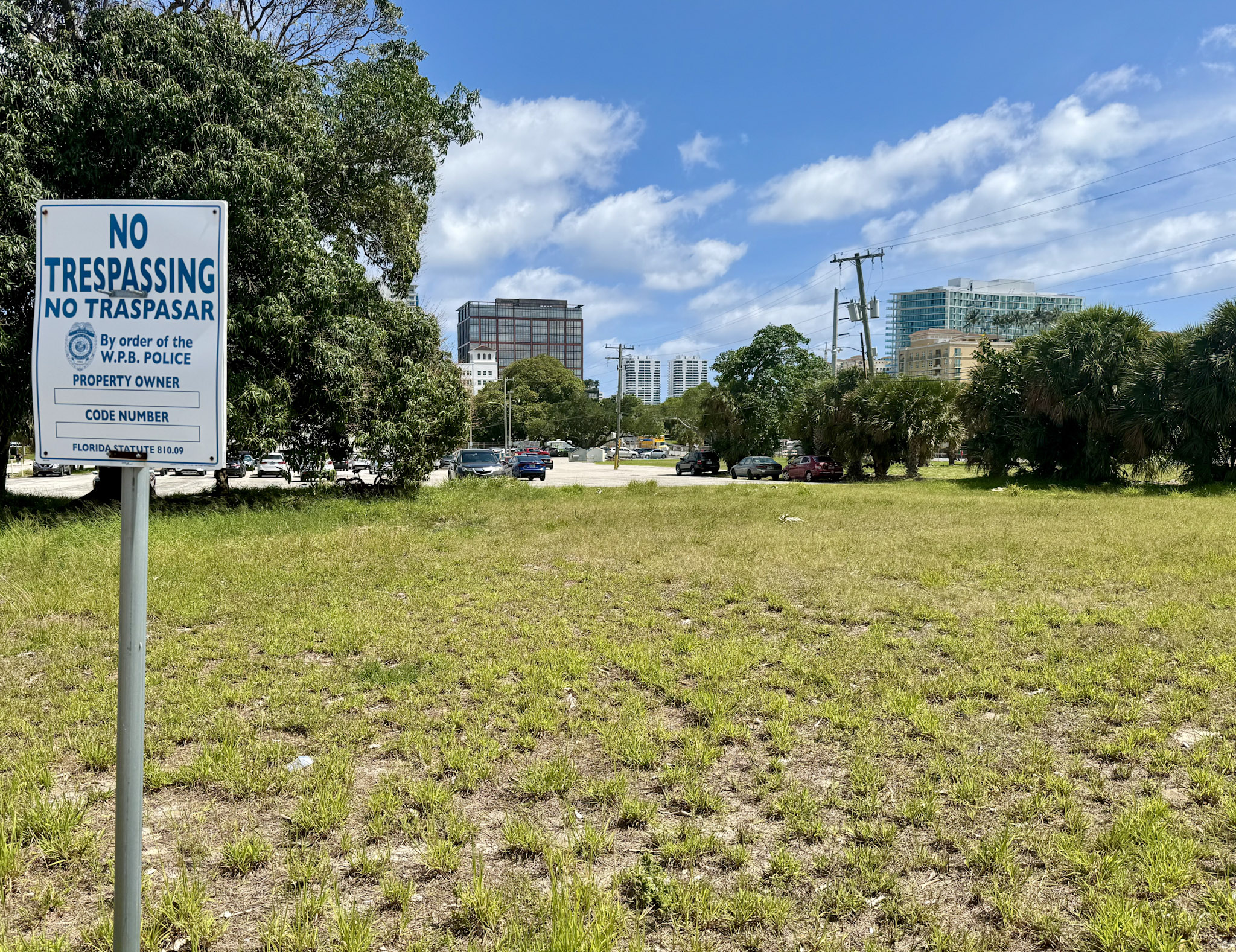
Report on the Galeton Blowout Incident and Its Implications for Sustainable Development Goals (SDGs)
Incident Overview
On a Sunday evening in early April 2025, a blowout occurred at a new hydraulic fracturing (frack) well in Galeton, Weld County, operated by Chevron. The uncontrolled pressure release caused a geyser-like eruption of well bore fluids, reaching approximately 50 feet high. Immediate evacuation of fourteen homes was necessary due to the release of oily droplets and gasoline odors affecting the surrounding environment.
Response and Cleanup Efforts
- The blowout was controlled after more than four days of intensive work.
- Chevron assumed full responsibility for the site cleanup.
- Cleanup is projected to take at least five years.
- Four homes remain unoccupied more than two months post-incident.
Investigation and Accountability
- Chevron’s investigation attributed the blowout to improperly assembled and installed equipment.
- The company committed to improving safety measures, including pre-assembling equipment, enhancing well barriers, and revising wellhead procedures.
- Questions remain regarding public health impacts and regulatory accountability.
Environmental and Public Health Concerns
Air Quality Monitoring and Data Discrepancies
Following the incident, state regulators and Colorado State University (CSU) researchers conducted air quality monitoring focusing on benzene, a toxic chemical linked to cancer and birth defects.
- State regulators detected benzene levels up to 9 parts per billion (ppb), below EPA acute exposure guidelines.
- CSU researchers recorded benzene concentrations up to 110 ppb within the emissions plume, significantly higher than state measurements.
- Differences in methodology, timing, and meteorological conditions explain the variance in data.
Health Risk Assessment
- Exposure duration to benzene and other pollutants remains uncertain due to the dynamic nature of the plume.
- Scientific research on health effects from such blowouts is limited, especially regarding acute high-level exposures.
- Emerging studies indicate proximity to oil and gas wells increases risks of adverse birth outcomes and childhood cancers.
- Potential acute health impacts from the blowout are acknowledged but require further epidemiological study.
Community Impact and Socioeconomic Considerations
The town of Galeton exemplifies a community economically intertwined with the oil and gas industry. Despite the incident, many residents, including industry workers, express continued support for the sector while advocating for corporate accountability.
Community Sentiments
- Residents generally feel safe but acknowledge the possibility of future incidents.
- Calls for Chevron to be held accountable and penalized to prevent recurrence of accidents.
- Chevron plans to complete 16 wells at the Bishop site and transition to production.
Regulatory and Governance Actions
The Colorado Energy and Carbon Management Commission is scheduled to hold a hearing on June 26, 2025, to address accountability and regulatory oversight following the blowout.
Alignment with Sustainable Development Goals (SDGs)
SDG 3: Good Health and Well-being
- Monitoring and managing air quality and toxic exposures to protect community health.
- Addressing potential acute and chronic health effects from industrial accidents.
SDG 6: Clean Water and Sanitation
- Preventing contamination of soil and water resources from oil and gas operations.
- Ensuring responsible cleanup of affected agricultural fields and residential areas.
SDG 11: Sustainable Cities and Communities
- Protecting residential communities from industrial hazards through evacuation and safety measures.
- Promoting community resilience and preparedness for environmental emergencies.
SDG 12: Responsible Consumption and Production
- Implementing improved safety protocols and equipment standards to minimize environmental risks.
- Encouraging corporate accountability and sustainable operational practices.
SDG 13: Climate Action
- Balancing economic interests with environmental protection and climate considerations.
- Regulatory oversight to mitigate environmental impacts of fossil fuel extraction.
SDG 16: Peace, Justice, and Strong Institutions
- Ensuring transparent investigations and enforcement of regulations.
- Facilitating community engagement and equitable resolution of claims.
Conclusion
The Galeton blowout incident underscores the critical need for stringent safety measures, comprehensive environmental monitoring, and robust regulatory frameworks to safeguard public health and promote sustainable development. Integrating the Sustainable Development Goals into industry practices and governance can enhance community resilience, environmental stewardship, and long-term well-being.
1. Sustainable Development Goals (SDGs) Addressed or Connected
- SDG 3: Good Health and Well-being
- The article discusses public health implications of the blowout, exposure to benzene, and potential adverse health effects such as cancer and birth defects.
- SDG 6: Clean Water and Sanitation
- The blowout released well bore fluids and oily droplets onto fields and houses, implying contamination risks to land and possibly water sources.
- SDG 11: Sustainable Cities and Communities
- Evacuation of homes and impact on the local community’s safety and well-being are highlighted.
- SDG 12: Responsible Consumption and Production
- The incident points to the need for responsible industrial practices and accountability in oil and gas production.
- SDG 13: Climate Action
- Air pollution and emissions monitoring relate to climate and environmental health concerns.
- SDG 16: Peace, Justice and Strong Institutions
- Issues of regulatory oversight, accountability, and enforcement of environmental and public health standards are raised.
2. Specific Targets Under Those SDGs Identified
- SDG 3: Good Health and Well-being
- Target 3.9: Reduce the number of deaths and illnesses from hazardous chemicals and air, water and soil pollution and contamination.
- SDG 6: Clean Water and Sanitation
- Target 6.3: Improve water quality by reducing pollution, eliminating dumping and minimizing release of hazardous chemicals and materials.
- SDG 11: Sustainable Cities and Communities
- Target 11.6: Reduce the adverse per capita environmental impact of cities, including air quality and waste management.
- Target 11.5: Reduce the number of deaths and the number of people affected by disasters, including environmental accidents.
- SDG 12: Responsible Consumption and Production
- Target 12.4: Achieve environmentally sound management of chemicals and all wastes throughout their life cycle.
- Target 12.6: Encourage companies to adopt sustainable practices and integrate sustainability information into their reporting cycle.
- SDG 13: Climate Action
- Target 13.2: Integrate climate change measures into national policies, strategies and planning.
- SDG 16: Peace, Justice and Strong Institutions
- Target 16.6: Develop effective, accountable and transparent institutions at all levels.
- Target 16.7: Ensure responsive, inclusive, participatory and representative decision-making.
3. Indicators Mentioned or Implied to Measure Progress
- Air Quality Monitoring Indicators
- Measurement of benzene concentration levels in parts per billion (ppb) in the air around the blowout site.
- Comparison of benzene levels to Environmental Protection Agency (EPA) acute exposure guideline levels.
- Health Impact Indicators
- Incidence rates of adverse birth outcomes and childhood cancers in populations living near oil and gas wells.
- Number of people evacuated and duration of displacement due to environmental accidents.
- Environmental Cleanup and Accountability Indicators
- Duration and extent of cleanup activities (e.g., Chevron’s five-year cleanup plan).
- Number of wells safely completed and moved into production without accidents.
- Regulatory actions and penalties imposed on responsible companies.
4. Table of SDGs, Targets, and Indicators
| SDGs | Targets | Indicators |
|---|---|---|
| SDG 3: Good Health and Well-being | 3.9: Reduce deaths and illnesses from hazardous chemicals and pollution |
|
| SDG 6: Clean Water and Sanitation | 6.3: Improve water quality by reducing pollution and hazardous chemicals |
|
| SDG 11: Sustainable Cities and Communities |
|
|
| SDG 12: Responsible Consumption and Production |
|
|
| SDG 13: Climate Action | 13.2: Integrate climate change measures into policies and planning |
|
| SDG 16: Peace, Justice and Strong Institutions |
|
|
Source: kunc.org







